What is Eutrophication
At The ESG Institute, we believe that advancing sustainability starts with understanding the language that shapes it. Our "ESG Terms" series breaks down complex, often overlooked concepts in sustainability and Environmental, Social, and Governance (ESG) reporting—so you can stay informed, inspired, and one step ahead in your journey toward responsible business.
What is Eutrophication?
🔺Eutrophication refers to the excessive enrichment of water bodies with nutrients, primarily nitrogen and phosphorus, often due to agricultural runoff or wastewater discharge. This leads to algal blooms, oxygen depletion, and the collapse of aquatic ecosystems.
🔺Why It Matters: Eutrophication is one of the leading causes of water pollution worldwide, affecting biodiversity, drinking water supplies, and fisheries. As the algae die and decompose, oxygen levels in the water plummet, creating "dead zones" where most aquatic life cannot survive. Tackling eutrophication is crucial for protecting freshwater and marine ecosystems and ensuring sustainable water use.
🔺Example: The Gulf of Mexico’s "Dead Zone" is one of the largest in the world, covering over 6,000 square miles during peak seasons. This phenomenon is driven by nutrient runoff from the Mississippi River basin, impacting fisheries and local economies.
🔺Did You Know?: According to the World Resources Institute, over 762 areas worldwide are affected by eutrophication, and this number is expected to rise with increased agricultural and industrial activities.
🚀 Follow The ESG Institute today for expert insights, news, and training in sustainability.
The ESG Institute helps your business or organization adopt and integrate Environment, Social, and Governance principles into your core practices, by offering clear guidance and delivering the best market tools and products directly to you., reach out to us today.

